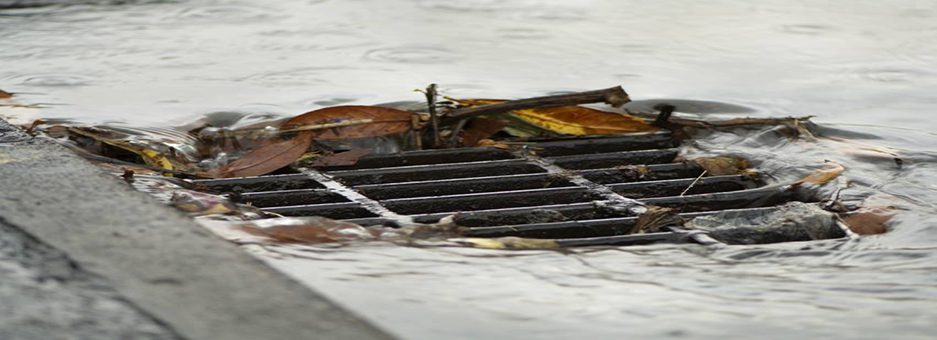CLEMSON — South Carolinians can help protect water quality in the state by participating in an upcoming survey from Clemson University Cooperative Extension.

Carolina Clear, Extension’s stormwater education program, is preparing to launch a telephone survey to gauge knowledge, attitudes and behaviors of South Carolina residents related to its water resources. Each survey should take no more than 15 minutes and Extension plans to collect 2,000 completed surveys to ensure the results are representative of the population.
The survey is anonymous and results will be aggregated to help Carolina Clear design programming to meet South Carolina’s specific stormwater challenges.
“Stormwater pollution is a result of what people do on land, and by understanding people’s behaviors it will help us identify those behaviors we need to target to help protect water quality,” said Amy Scaroni, program coordinator for Carolina Clear. “These surveys also to help inform our future outreach efforts. As we are able to understand what public knowledge and attitudes are, we’re able to adjust our programming accordingly based on what we see that the educational needs are of the community.”
Stormwater runoff is considered the greatest threat to water quality in the U.S. In South Carolina, more than 1,150 waterways have been classified as “impaired” — too polluted or degraded to meet accepted water quality standards.
Carolina Clear, which partners with more than 38 communities to provide stormwater education, outreach and public involvement opportunities, previously conducted surveys in 2009 and 2013 to better understand the informational needs of its audiences and gauge the impact of its stormwater-focused educational programming over time.
For example, one of the results of the 2013 survey showed that while a large majority of those surveyed were aware of the impact of pet waste on water quality through bacteria, far fewer admitted to picking up after their pets on a regular basis.
“That was interesting because what that told us is it’s not just a lack of knowledge that is preventing people from doing the right thing, there are other barriers there,” Scaroni said. “We hope the upcoming survey will help us to disentangle some of those barriers and then target our outreach programming to help remove those barriers and hopefully inspire citizens to take actions to protect our water resources.”
The survey will target five specific regions that partner with the Carolina Clear program. Those regions include Charleston, Berkeley and Dorchester; Beaufort County; Horry and Georgetown counties; Florence and Sumter counties; and Anderson and Pickens counties.
Questions on the survey will deal with, in part, residents’ participation in outdoor recreational activities, attitudes toward the importance of clean water to the state’s economy and tourism, knowledge of how pollution enters local waterways, septic tank usage and maintenance, lawn and garden care, rain barrel and rain garden usage, disposal of pet waste, household chemicals, kitchen grease and more.
While most people have heard the term “stormwater,” few people understand the impact stormwater has on environmental health. When rain falls, impervious surfaces such as rooftops, driveways and roads prevent rainwater from soaking into the ground, thus creating stormwater runoff, which picks up pollutants that have been left on the ground — such as pet waste, excess fertilizers, litter and oil — and sweeps them downstream and ultimately into waterways.
“Stormwater is the conduit that takes pollution directly from the landscape into our waterways,” Scaroni said. “And that’s another reason for our survey is that it turns out a lot of people think that stormwater is treated. They see stormwater go down the storm drain, and they think that it goes to the wastewater treatment plant. But in fact, stormwater that goes down the storm drain just follows the pipe directly out to the closest river or stream or even ocean. So if we’re reducing the pollution on land, that will then ultimately prevent pollution from ending up in the waterways.”
Get in touch and we will connect you with the author or another expert.
Or email us at news@clemson.edu

